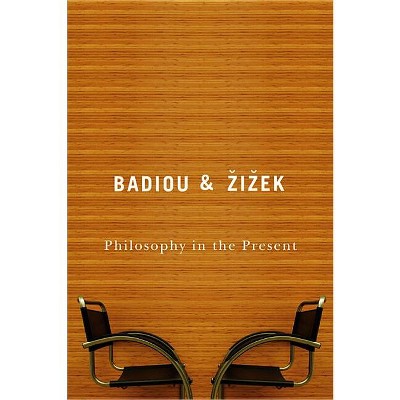Sponsored

Who Owns Beauty? - by Bénédicte Savoy (Hardcover)
In Stock
Sponsored
About this item
Highlights
- Beauty belongs to no one.
- About the Author: Bénédicte Savoy is Professor of Art History at the Technische Universität Berlin.
- 242 Pages
- Art, Art & Politics
Description
Book Synopsis
Beauty belongs to no one. But what about the objects that museums celebrate as great works of art: to whom do they belong? Do they belong to the places where they originated? To the cultures whose genius they embody? To the enlightened collectors who saw their value and appropriated them? Or to the whole of humanity which has access to them through institutions dedicated to their preservation? And if the latter, how can we justify the fact that some people are able to enjoy what is supposed to be a universally shared heritage while others cannot?We can begin to answer these questions, argues Bénédicte Savoy, by examining how these objects actually came to be with us and what their journeys reveal about our history and its violence and asymmetries, both symbolic and real. These objects have no doubt left their mark on the places where they arrived; they have also left wounds that are still raw in the places from which they came. The bust of Nefertiti, the Great Pergamon Altar, The Adoration of the Mystic Lamb, the 'Sistine Madonna', the Old Summer Palace bronze heads, Watteau's L'Enseigne de Gersaint, the 'Bangwa Queen', Klimt's Portrait of Adele Bloch-Bauer, the Benin bronzes: through the journeys of these iconic works, Savoy reflects on desire and domination, on rupture and restitution, and on the profound emotions evoked by beauty when it is laced with the pain of historical loss.
This timely and highly original reflection on beauty, provenance, power, and loss will be essential reading for all those concerned with the preservation and restitution of cultural objects and it will appeal to anyone interested in art, culture, and politics today.
Review Quotes
"Bénédicte Savoy writes beautifully about beauty. From the sacking of the Beijing Summer Palace to the bust of Nefertiti, and from the "Sistine Madonna" to the "Bangwa Queen", Who Owns Beauty takes the reader on a series of journeys that follow the translocation of iconic artworks. The book maps geographies of extraction and desire, encountering along the way claims to possession, acts of looting, and pathways towards return."
Dan Hicks, University of Oxford
"Once provenance - the documentation of how things get into museums - was a sleepy corner of art history. In this intriguing book, Bénédicte Savoy shows how it has become one of the most challenging and interesting intersections of contemporary visual culture. In lapidary prose, she deploys insightful methodological advances alongside detailed, fascinating, and entangled histories of the fate of imperial subjects and objects at the hands of Western museums. Everyone concerned with the future of museums and what they contain needs to read this book."
Nicholas Mirzoeff, New York University
"Bénédicte Savoy writes beautifully about beauty. From the sacking of the Beijing Summer Palace to the bust of Nefertiti, and from the "Sistine Madonna" to the "Bangwa Queen", Who Owns Beauty takes the reader on a series of journeys that follow the translocation of iconic artworks. The book maps geographies of extraction and desire, encountering along the way claims to possession, acts of looting, and pathways towards return."
Dan Hicks, University of Oxford
"Once provenance - the documentation of how things get into museums - was a sleepy corner of art history. In this intriguing book, Bénédicte Savoy shows how it has become one of the most challenging and interesting intersections of contemporary visual culture. In lapidary prose, she deploys insightful methodological advances alongside detailed, fascinating, and entangled histories of the fate of imperial subjects and objects at the hands of Western museums. Everyone concerned with the future of museums and what they contain needs to read this book."
Nicholas Mirzoeff, New York University
About the Author
Bénédicte Savoy is Professor of Art History at the Technische Universität Berlin.Shipping details
Return details
Frequently bought together



Trending Non-Fiction














